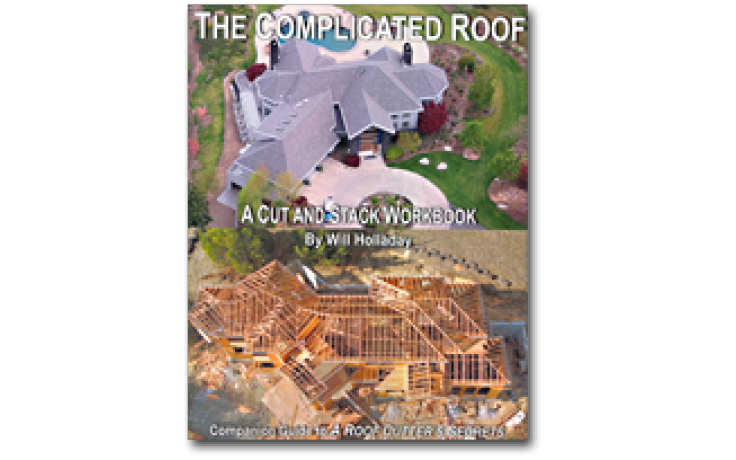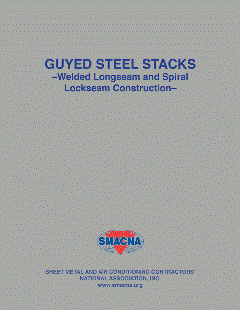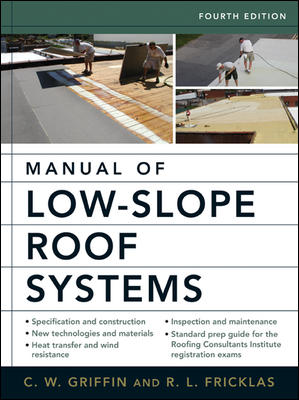In the Beginning There Was the Alliance …
A Look Back at the Birth of the Roofing Industry Alliance for Progress






So many of the issues faced by roofing industry today go beyond the bounds of what roofing contractors can begin to tackle on their own. Not only the smaller shops, but even the largest national chains lack the scale to address challenges such as educating the emerging workforce, conveying the industry’s concerns to various code bodies, and responding to OSHA, to name but a few. It’s tough enough to find qualified workers and keep up with the changes in roof systems, codes and regulations. Roofing contractors rely on the various trade associations to help them navigate their way through the complexities of not only roofing, but operating a small to mid-sized business in a tough economy.
The National Roofing Contractors Association (NRCA) is the roofing-industry leader for information, education, technology, and advocacy. The NRCA offers training programs involving everything from printed and online tools to seminars, webinars, and schools. NRCA offers continuing education for seasoned roofing contractors as well. NRCA has a technical department that publishes one of the most comprehensive and respected manuals on roofing while advocating for the industry with the many code bodies under which roofs are built nationwide. So much of what impacts roofing contractors’ business emanates from Washington, D.C., where NRCA maintains a constant presence, providing a voice for all roofing contractors.
Like your own business, the NRCA maintains a keen focus on the key concerns of its various constituencies. While much of the work the NRCA does is forward-thinking and far-reaching, all trade associations must focus on assisting their members in the business of survival in real time. The goal of looking beyond the concerns of today and improving the industry for the next generation of roofing contractors led the association to establish the National Roofing Foundation (NRF).
In 1996, the NRF took a bold step that was described in its 1996-97 Annual Report as “pivotal,” “watershed” and “historic.” The reference was to the establishment of the Roofing Industry Alliance for Progress (The Alliance). The Alliance was established to identify and develop programs and projects that would provide solutions to major issues facing the roofing industry. The Alliance was formed with the idea of building an endowment to fund large-scale projects that would advance the roofing industry.
The Alliance is made up of and operated by individuals and firms representing all members of the roofing supply chain: manufacturers, distributors, contractors and other industry professionals working together for solutions that would benefit not only the industry, but end users of our products: homeowners and building owners. This is something of a departure from other industry groups that are typically operated by one constituency alone, with others serving in “associate member” capacities. Alliance members all maintain a vote and a voice. The only categories of regular membership are based on the number of dollars pledged and invested in the endowment.
As the Alliance was reaching the 15-year mark, the leadership endeavored to make a new beginning, performing strategic planning that has resulted in a renewed emphasis on bringing in new members and building the endowment to a new level.
So this is a good time to share some of the good work that the Alliance has conducted on behalf of the entire roofing industry. To fully document the history of the Alliance and its achievements would take a book, not just a magazine article, but I thought it would be interesting to take a look back at how the Alliance came into being. How did the idea to build a seven, then eight-figure endowment to support the roofing industry begin? And how on earth did a small group of roofing contractors, supported by their national association, manage to pull it off?
Founding Chairman Melvin Kruger
To learn more about the Alliance and how it came into being, I called on Melvin Kruger, CEO of Macon, Ga.-based roof-contracting firm L.E. Schwartz & Son, Inc. For complete transparency, I must acknowledge that this was just another excuse to pay a couple of visits to one of my heroes in this business. But, to further clarify, there are a lot of other people in the business who recognize Melvin’s many talents and significant accomplishments.
Melvin Kruger was the founding chairman of the Roofing Industry Alliance for Progress. He, together with a small group of roofing contractors from across the nation, took on the task of raising the funds to establish the endowment that would drive the work of the Alliance. As any group of businesspeople would do, they started off with a plan and sought the resources needed to determine the possibilities.
In the beginning, the NRCA commissioned a study to determine if the industry was willing to take a long view to improving the industry. The consulting firm employed determined that an endowment of $7 million could be obtained from contractors, distributors, and manufacturers in the roofing industry, so several asking rates were established for the various groups, with $50,000 being the target for roofing contractors, $100,000 for some manufacturers and distributors, and other higher amounts for others. These were the pledge amounts, some of which were to be rendered in cash and others over a period of several years.
Kruger was tapped by NRCA to lead the fundraising effort. I did not ask about it, but I am certain that he was chosen because he furnished the kind of gravitas that is required to mount such a bold campaign. While there are not many doors that Kruger cannot open in this business, he opted to start with a base of roofing contractors who would buy in rather than starting at the top with the largest manufacturers and working his way down. He called a meeting with eight contractors, all industry leaders and past presidents of NRCA. He presented the case statement and all eight agreed to pledge, so the fund began with the first $400,000 and eight industry leaders who agreed to join in the effort to raise the rest of the money to fund the endowment.
In 1996, Kruger, NRCA executives, consultants, and the eight original contractors visited, in person, with roofing contractors, distributors and manufacturers across the country. The key manufacturers were not contacted until roofing contractors had pledged the first $1 million. When manufacturers were informed about the Alliance, they responded with amounts that included pledges of $250,000, $500,000, and $1 million.
The pitch was simple. Everybody who invested in the Alliance would have an equal and permanent place at the table: contractors, manufacturers, distributors and industry professionals, all alike. The Alliance would meet once a year and at other NRCA functions, meetings, and conventions. Their work, as Kruger describes it, would be to answer the question, “How can we make our businesses better from every possible aspect?” He would further state that the Alliance would provide “a great mechanism for everyone to put aside their personal agendas” so they could look at the industry overall.
So what is it like crisscrossing the country, asking roofing contractors to part with some of their hard-earned profits for the sake of the entire roofing industry? Kruger said it was “the most enlightening and rewarding experience in my professional career.” He went on to remark, “It was gratifying … it was special.”
“It says a lot about family businesses,” he said.
Most of the original $7 million endowment was pledged in that first year, twice as fast as the timeline set up by the founding group. According to the report most recently published, net assets of the Alliance stands at just under $10 million, and that figure is slated to grow as part of the emerging strategic plans.
Alliance Initiatives
To date the Alliance can lay claim to having launched some very significant initiatives for the industry. In the beginning, recognizing the need to build a solid workforce for the future, the Alliance invested in worker education. A Gallup Worker Satisfaction Study was commissioned that led to other significant initiatives by the Alliance. The Center for Environmental Innovation in Roofing and their RoofPoint project received substantial funding by the Alliance.
I would be remiss if I did not mention one of the more visible and important projects, the Melvin Kruger Endowed Scholarship Program. Quoting from Alliance literature, “By unanimous consent, Alliance members agreed to establish the Melvin Kruger Endowed Scholarship Program, recognizing not only a great industry leader but a person who has devoted much of his life to the cause of furthering education. The goal is to create a permanent scholarship fund of at least $2 million so that a minimum of $100,000 in scholarships can be awarded annually. Scholarships in the amount of $5,000 are awarded annually to post-secondary students from NRCA contractor and/or supplier firms.”
I should note that the Alliance was started by and is presently run by a large number of dedicated industry professionals. Naming them all here was not practical, but I sincerely honor their contributions of not only money, but their time and passion for the work. I urge you to engage by going online and learning more about the vital work of the Alliance and to determine where you can contribute to the betterment of your industry.
“Shaping the Future” is the title of the brochure being presented by the Roofing Industry Alliance for Progress. Since its beginning it has been doing just that, and with a renewed focus on its mission the Alliance is poised to move the industry forward for generations to come.
Looking for a reprint of this article?
From high-res PDFs to custom plaques, order your copy today!










